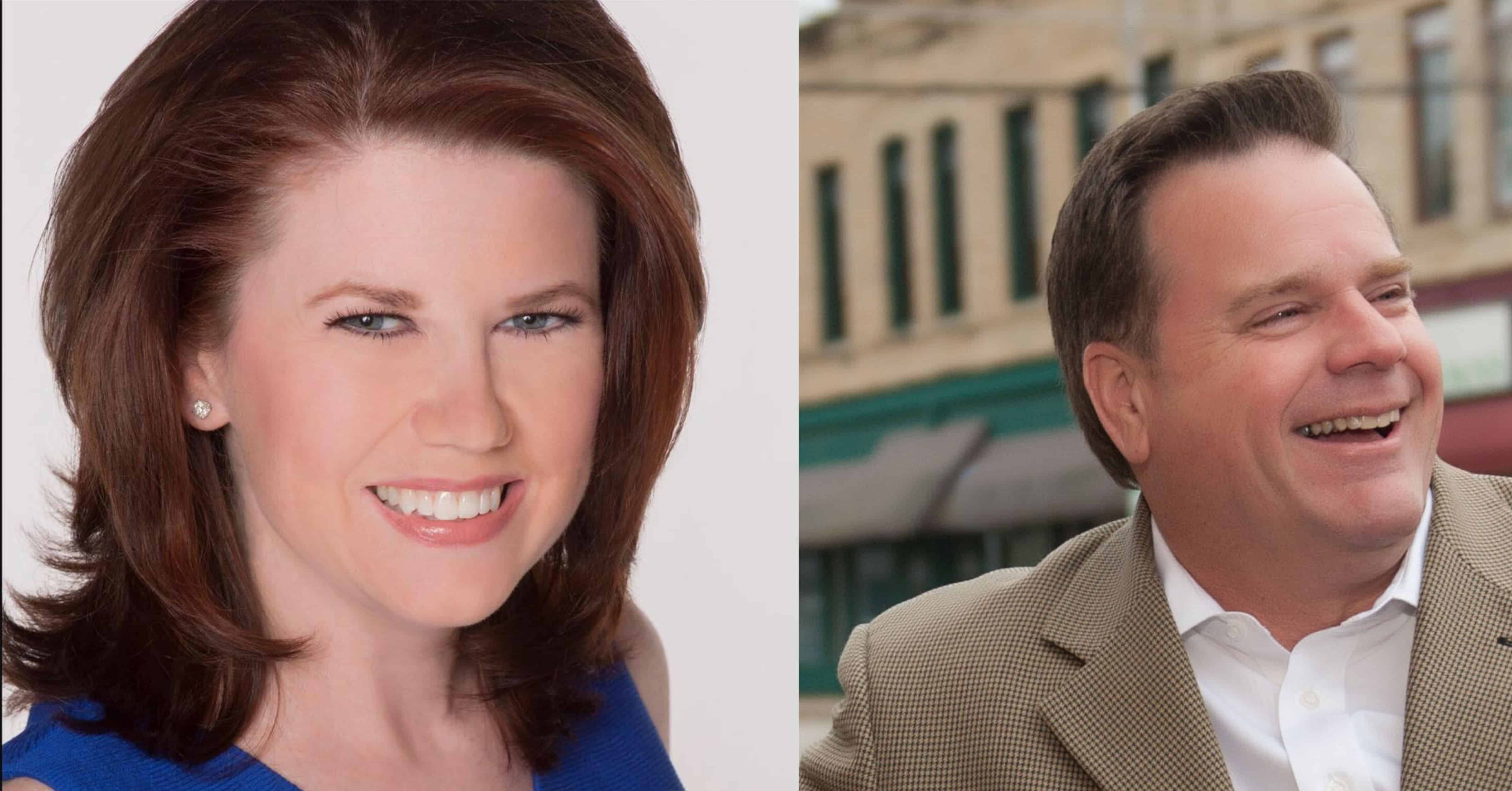As we presented in the last article, we will focus, in this article, on the simple steps anyone can take to improve their retirement planning strategy. Time is of the essence. If you feel you have not saved well for retirement, by making these three simple steps a habit now, you will reap exponential benefits later.
Step One: Budget
First, review your family budget and immediately reduce the unnecessary cash outflows. These may be subscriptions to magazines never read, automatic renewals for insurance on your vehicles that are costing more than your 10-year old car is worth and those movie channels that are never watched since the kids moved out. Now, I know what you are thinking. “This isn’t that much money each month.” You are correct in the short-term sense; however, if you have more than 5 years until your desired retirement date the sum of funds can amount to a significant support for your future.
Step Two: Maximization
Second, immediately maximize your employer-provided return plan contributions. Remember, if you are age 50 or older, you may contribute an additional $6,000 per year as a “catch-up” for failing to fully fund a 401(k) plan in your younger years. The total for 2019 that you may defer from your salary is $25,000 if you at least age 50. This amount of funding for the next 5 years will add at least $125,000 (not including growth or employer matching) to your retirement funds.
If you are self-employed, review your company’s cash flow and find ways to fully fund a Simplified Employee Pension Plan (SEP). You may contribute up to 25% of your salary or $56,000 whichever is lower for 2019. If you were to establish your budget for accumulating the maximum amount for the next five years, you would contribute an additional $280,000 (not including market returns) for your retirement support.
Step Three: Asset Allocation
Third, review your investment asset allocation. Recent economic data reports the Dow Jones Industrial Average and Standard & Poors 500 Indices are at record highs. Do not anticipate these returns for your retirement planning. We use a phrase in planning, “Plan for the worst and hope for the best.” Your investment allocation during retirement will most likely be different than your investment strategy for the accumulation phase of your life.
Forget about the past and your lost opportunities. You can only control the present. Start today in making positive decisions and change your future. I purposely used the word “immediately” several times in this column to impart to you the importance of taking action now. By preparing a plan and following the strategy, no matter what anyone else does, you may improve your chances for a happier and better retirement.
Concerned about the adequacy of your assets for retirement? It is time to take action. Seek out the guidance of a Certified Financial PlannerTM practitioner to gain the strategies needed to live life on your own terms. You will be glad you did.






